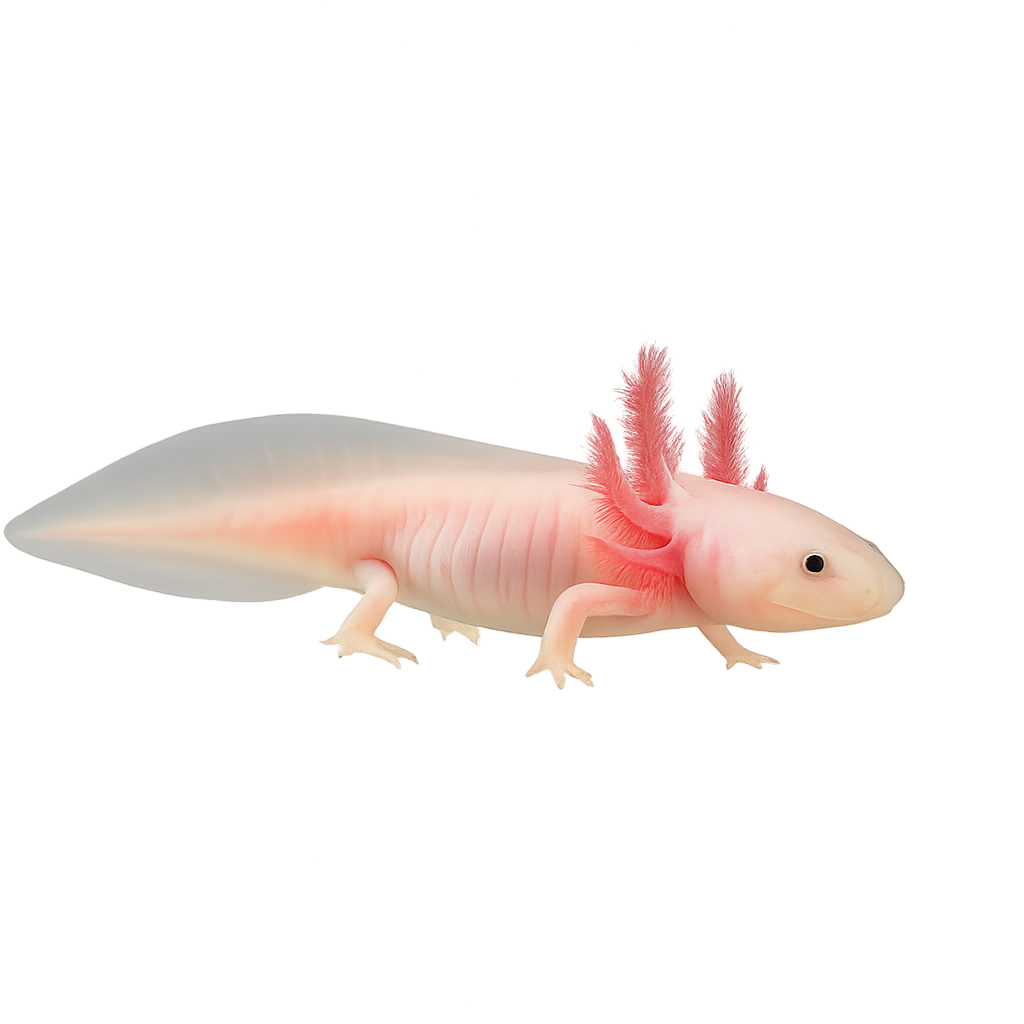Your wildlife photography guide.
Explore the axolotl in detail, study its behavior, prepare your shots.
Where to observe and photograph the axolotl in the wild
Learn where and when to spot the axolotl in the wild, how to identify the species based on distinctive features, and what natural environments it inhabits. The WildlifePhotographer app offers tailored photography tips that reflect the axolotl’s behavior, helping you capture better wildlife images. Explore the full species profile for key information including description, habitat, active periods, and approach techniques.
Axolotl
Scientific name: Ambystoma mexicanum

IUCN Status: Critically Endangered
Family: AMBYSTOMIDAE
Group: Amphibians
Sensitivity to human approach: Suspicious
Minimum approach distance: 3 m
Reproduction period: April to June
Incubation: 20-25 jours
Births: April to June
Habitat:
Lakes, rivers, deep freshwater areas
Activity period :
Mainly active at night, generally discreet during the day.
Identification and description:
The Axolotl is a fascinating species of amphibian native to lakes around Mexico City, Mexico. Unlike most other amphibians, the Axolotl retains its juvenile form throughout its life, a phenomenon known as neoteny. It is famous for its exceptional ability to regenerate parts of its body, including limbs, internal organs, and even its heart. It has a distinctive appearance with its pale pink skin and external gills, giving it the appearance of a small aquatic dragon. The Axolotl primarily lives in cold, deep waters of lakes, where it feeds on small invertebrates.
Recommended lens:
Macro – adjust based on distance, desired framing (portrait or habitat), and approach conditions.
Photography tips:
Photograph the Axolotl underwater using soft lighting to avoid reflections and harsh shadows. A macro lens is recommended to capture the details of its skin and gills. Try to photograph the Axolotl while it is moving or feeding to showcase its natural behaviors. Make sure to use appropriate natural or artificial lighting, avoiding disturbing the animal too much.
From knowledge to field practice
A species profile helps you understand an animal. In the field, the challenge is often different. Remembering your own observations.
The WildlifePhotographer app allows you to:
• record your personal observations
• note locations, dates, and behaviors
• revisit your field references over time
• build a private and long-term field logbook
The app does not provide observation locations.
It helps you organize what you actually observe, with respect for wildlife.

